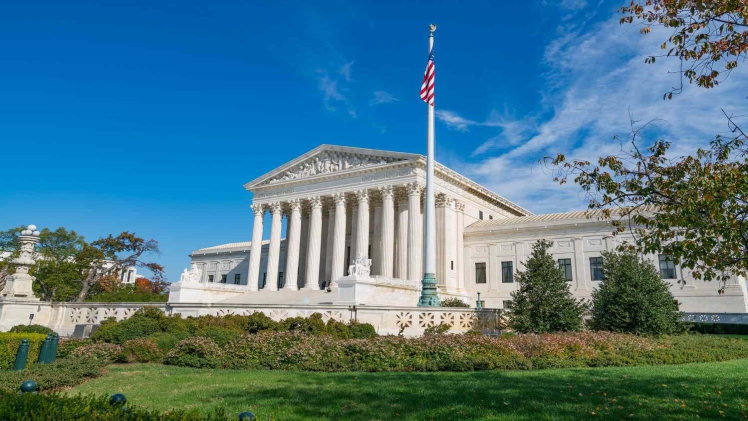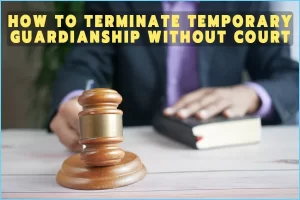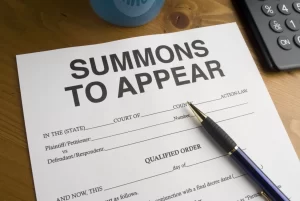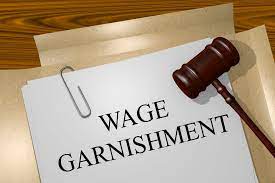Under Which Jurisdiction Would Further Review of a Federal Court Decision Fall Under?
When a case is heard in federal court, the losing party may seek further review of the decision by a higher court under certain circumstances. But under which jurisdiction does this further review fall? The answer depends on the level of court that issued the original decision and the avenues available for appealing or petitioning that ruling.
The Federal Court System
To understand the jurisdiction for further review, it helps to review the structure of the federal courts. There are three main levels:
District Courts
The U.S. district courts are the general trial courts of the federal court system. There are 94 judicial districts, with at least one district in each state. District court decisions can be appealed to the circuit courts.
Courts of Appeals
The U.S. courts of appeals, often called circuit courts, hear appeals from the district courts located within their circuit, as well as appeals from decisions of federal administrative agencies. There are 13 appellate circuits. Circuit court decisions can be appealed to the Supreme Court.
Supreme Court
The U.S. Supreme Court is the highest court in the nation. It hears appeals from certain circuit court decisions, most often when there is a conflict between circuits on an issue of federal law. Supreme Court decisions cannot be appealed further.
Avenues for Further Review of Federal Court Decisions
There are a few ways to seek further review of a ruling by a federal court:
Appeal to a Higher Court
After a district court issues a final judgment in a case, the losing party can appeal that decision to the circuit court. This avenue is available as a matter of right. Similarly, circuit court decisions can be appealed to the U.S. Supreme Court, although this requires the Court’s discretionary review.
Request for Rehearing
In some cases, a party may request a rehearing by the judges who originally heard the case. This is possible if the party believes the court overlooked certain facts or made a clear legal error. Rehearings are rarely granted.
Petition for Writ of Certiorari
Known informally as a “cert petition,” this is the primary way for appealing a circuit court decision to the Supreme Court. Rather than filing a regular appeal, the party petitions the Court to hear the case. Only a small portion of cert petitions are granted each year.
Factors Considered for Further Review
In deciding whether to grant further review, the higher courts look at several factors:
Circuit Splits
If the circuit courts are divided on a particular legal issue, known as a circuit split, the Supreme Court is more likely to take the case to resolve the split.
Novel Legal Issues
The Supreme Court often looks for cases that raise new or unsettled questions of federal law that require its interpretation.
Matters of National Importance
For the Supreme Court, cases implicating Constitutional rights, government authority, or the public interest may warrant review even without a circuit split.
Limits of Further Review
While further review is possible, it faces some inherent limits:
Strict Timelines
Parties have strict deadlines, often just 30-90 days, for filing appeals and cert petitions seeking further review. Missing these deadlines can forfeit the right to appeal.
Limited Docket of Higher Courts
Higher courts have discretion over their dockets. They tend to select only the most important cases to review due to their limited resources.
Strategies for Securing Further Review
To increase the odds of higher court review, parties can:
Framing the Petition
Skillfully framing the cert petition to emphasize circuit splits, novel questions, and national impact can catch the Court’s interest.
Securing Amicus Briefs
Filing amicus curiae or “friend of the court” briefs from interested third parties bolsters the case’s importance.
Oral Argument
If granted review, strong oral advocacy highlighting the merits of further review can persuade the judges.
Conclusion
Further review of federal court decisions generally falls under the jurisdiction of the next higher court in the appeals process. But securing review is often discretionary and limited to cases with compelling reasons warranting higher court consideration. Understanding the avenues and strategies for appealing federal court rulings is key for parties seeking to overturn unfavorable judgments. With the right approach, further review may still be possible.
Frequently Asked Questions
What are the levels of the federal court system?
The levels are U.S. District Courts, U.S. Courts of Appeals (circuit courts), and the U.S. Supreme Court, in ascending order.
How long does a party have to file an appeal?
Deadlines vary but are typically 30-90 days after entry of judgment in district court or denial of rehearing in circuit court. Strict compliance with deadlines is required.
When can a party request rehearing of a federal court decision?
Grounds are limited but include claiming the court overlooked facts or law or needing to correct a clear error. Rehearing rarely succeeds.
What percentage of cert petitions does the Supreme Court grant?
Only about 1% of cert petitions are granted review annually. Competition is fierce given the Court’s limited docket.
What are the best strategies to get the Supreme Court to grant cert?
Emphasizing circuit splits, novel legal issues, and national importance can improve the chances. So can securing amicus briefs and excellent oral advocacy.








